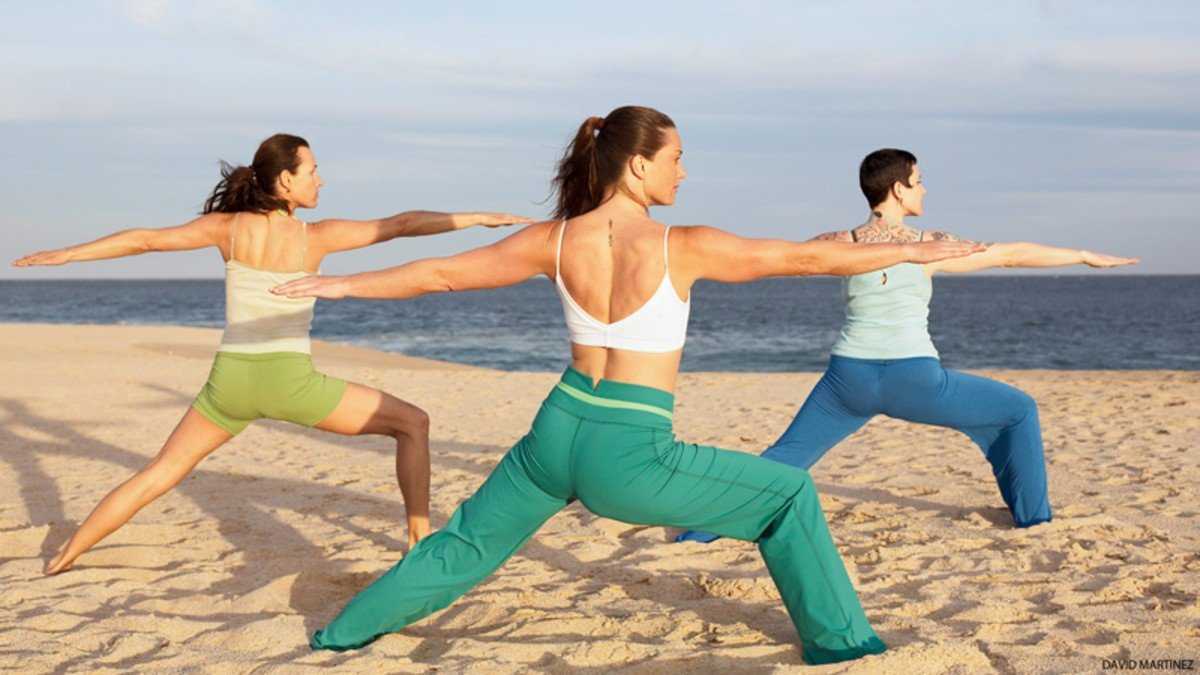BY: TRISHA CURLING
We are now beginning to settle into the first month of the New Year. How are you feeling about some of the intentions you have set? Are they still at the forefront of your mind? Are you taking real steps and actions each day to fulfill these intentions? Or are they already losing steam as we come out of the dreamy haze of the holiday season? Sometimes in life and in our yoga practice, we can lose steam and/or the focus of our path.
During the completion of my base yoga studies with Yoga Medicine, we learned about “Drishti” or point of focus. In our yoga practice and/or meditation, this is known as the place where we send our gaze. Due to the fact that yoga is an inward practice, our drishti is known to help us with maintaining our concentration. It is also helpful for keeping alignment in our poses. Iyengar in his book, Light on Life talks about maintaining a soft gaze even though the eyes may be fixed. This is something I continue to work on in my own practice, especially when I feel challenged in a particular pose (asana). When a pose gets intense, it can feel extremely difficult to maintain softness in the eyes. When I am aware of this, however, I can feel the difference in the way that the pose/practice feels when I do allow myself to soften.
In Tiffany Cruikshank’s 200 Hr. Yoga Medicine Training Manual, she outlines some specific poses and the drishti to utilize with them. Here are some examples:
Nasagrai Drishsti
In Upward Facing Dog, gaze off the tip of the nose
Urdhva Drishti
In Warrior, I, take the gaze upward
Hastagrai Drishti
Gaze up or down at the hand in Triangle Pose
Parsva Drishti
Gaze over the shoulder towards the direction of the twist in twisting poses.
They may seem like a small, insignificant details, but it really does help to maintain not only the focus inward but equally the maintenance of the alignment of the physicality of the asana.
Drishti is more than a focus on the pose, it can also be utilized to help us to eliminate those things in the mind that prevent us from seeing our own truths. Sometimes things like self-doubt, old habits and stories we once told ourselves can prevent us from achieving the goals we set out at any time of the year, not just at the beginning. Finding a focus that we can come back to is just as, if not more important than setting the goal itself. We can set the goal, but guaranteed we will have days when we feel weak, challenged, or unmotivated. Sometimes challenges that are out of our control enter our lives that try to disrupt our path. If we have a focus to come back to it helps us to remember our reason for setting the goal in the first place. It also helps us to practice detachment (Aparigraha – one of the Yamas in the 8 limbs of yoga). By choosing the more focused thought, we can detach from the distraction or challenge.
This can definitely be easier said than done. I continue to work on this all the time. It’s easy when things are going well, however, when we are experiencing a more difficult time in life, we must find our drishti even more. Like physical exercise, these are mind muscles we must practice consistently in order to find more focus and peace.
In your practice, as well as in life, find your drishti and allow it to guide you into more harmonious alignment in the body and mind.

